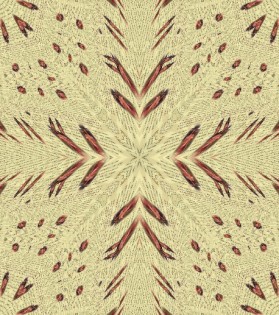

Idaho Indian Tribes
Project
Part of the IDGenWeb Project

Paiute Indians
The term or designation of Paiute Indians is a very broad categorization of several bands and/or federally recognized tribes within the group so named. They are sometimes divided into Northern Paiute and Southern Paiute, and are sometimes grouped together with other tribes such as the Shoshone or Bannock Indians. For the most part, they have historically lived in the Great Basin area, and have ranged from Oregon and Idaho on the north to Arizona and southern California on the south, and from Utah on the east to northern California on the west.
Tribal Headquarters
Fallon Band of Paiute-Shoshone
8955 Mission Road
Fallon, Nevada 89406
Telephone: 1-702-423-6075
Local call from the Reno area: 1-323-3780 Fax:1-702-423-5202
Fort McDermitt Paiute
Fort McDermitt Paiute
P.O. Box 457
McDermitt, Nevada 89421
Telephone: 1-702-532-8259
Fax:1-702-532-8263
U-tu Utu Gwaitu Paiute
U-tu Utu Gwaitu Paiute Tribe
567 Yellow Jacket Road
Benton, CA 93512
Ph. 1-760-933-2321
Fax 1-760-933-2412
Timeline
1776: Spanish explorers, Francisco Atanasio Dominquez and Silvestre Veles de Escalante
1878: Bannock War
1825: Contact with Jedediah Smith - fur trapper and trader
1827: Peter Skene Ogden- fur trapper and trader
1833: Joseph Walker
1849: Gold discovered in California
1858-1859: Coeur d'Alene War The Northern Paiute were allies of the Coeur d'Alene
1860: Paiute War or Pyramid Lake War
1866-67: Snake War
Some members of the tribe Settled on the Malheur Reservation in Oregon
1881- 1888: Paiute Indians in California, Nevada, Oregon and the Territory of Washington, migration to reservations at: Malheur River in Oregona and Fort McDermitt and Pyramid Lake in Nevada.
1888-89: Jack Wilson (Wovoka), a Northern Paiute proclaimed a religion called the Ghost Dance; influeced by Wodziwob of the Walker River Reservation, who began practicing his version of the Ghost Dance in 1870. The Ghost Dance Religion spread to tribes all over the West.
1957: Paiute Indians of Utah terminated, Tribal Membership 232, Tribal land 42,839
Agencies
These agencies of the Bureau of Indian Affairs had jurisdiction over the Bannock at one time. BIA agencies were responsible to keep such records as census rolls, land records, school records, correspondence, annuity rolls, and other records of individual Indians under their jurisdiction.
Superintendencies
Census Records
Annual Indian Census Rolls, 1885-1940, were collected by the Commissioner's Office of the Bureau of Indian Affairs and are now located at the National Archives in Washington, D.C. They have been microfilmed and are also available on the internet.
- Indian Census of the United States - 1885-1940 (Internet Archive - free; no index)
- U.S., Indian Census Rolls, 1885-1940 (Ancestry) ($)
- Indian Census Rolls, 1885-1940 (Fold3) ($)
Vital Records
- Western Navajo Agency Births and Deaths 1925-1933 (Available on FamilySearch microfilm FHL 297519)
- Births and deaths 1928-1934 (Available on FamilySearch microfilm FHL film 583104)

